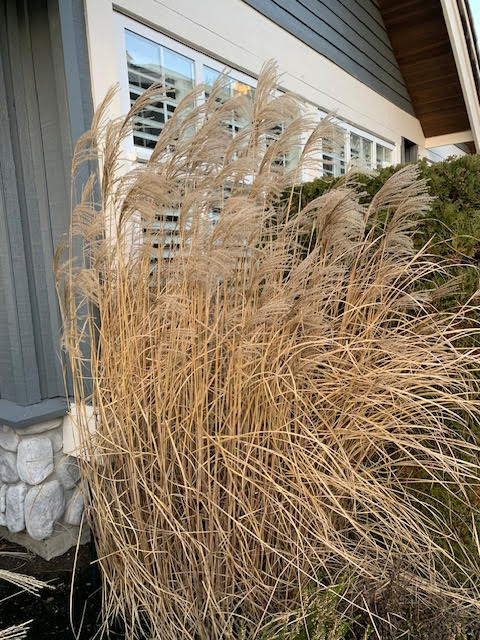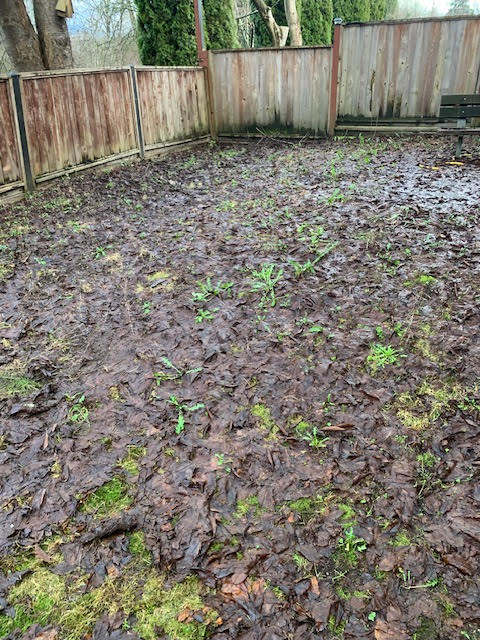A nice example
Micro-management sucks in all industries but my example comes straight from the landscape. And I’ll be honest, I’ve had my own run-ins with the micro-manager who will not be identified in any way. Not even a fake name. I don’t need extra headaches.
Now, picture two landscapers sent to a high-profile entrance area to kill some time. This isn’t unusual; sometimes you have to get ahead of the crew so they have clippings to pick up. I had no idea what they were told to do.
Triggered by a weed
I know it will sound crazy but my trigger was a weed. Once I arrived at the entrance I could see evidence of raking and cultivation but the weeds remained. That’s backwards, one hundred percent. Weeds come first, then cultivation.

I brought this up with the micro-manager and the workers. I needed to know what was happening. They were told not to weed, just rake. And this shows the effects of micro-management.
Bitched out
Because the workers are constantly corrected harshly, they’re afraid to deviate from the script. When the manager says rake, they rake. Period. Seeing a large weeds doesn’t bother them because it’s not written in the script. They could get yelled at for not raking.
This, then, is the problem with micro-management: the workers have zero autonomy and don’t think for themselves. And they don’t take initiative.
If you look at the big picture, you have a company trying to provide world-class service with well-trained staff. This isn’t about one micro-manager. At all.
How I do it
Now, I publish lots of stuff all year and lots of it is the opposite of humble, but I rarely blow my own horn. In this case I would have sent the workers to the entrance with clear instructions to beautify it for thirty minutes. This allows them to do it their way, inside a set time parameter. Then I would go do my own work, trusting them enough to do their own.
I would also insist on using a wheelbarrow with tarps and tools. I shake my head every time a worker drags a full tarp down the block. I’m slowly realizing that I have a lot of triggers!
Also, remember that it’s 2024. People are more sensitive and workplace relationships are evolving. Raising your voice, for example, is no longer acceptable, unless you’re in imminent danger.
I took the workers aside and told them I didn’t care about what they were told. When they see big weeds by the entrance they have to remove them. That’s it. They have to ignore the micro-managers script and use their own heads. Always.


























